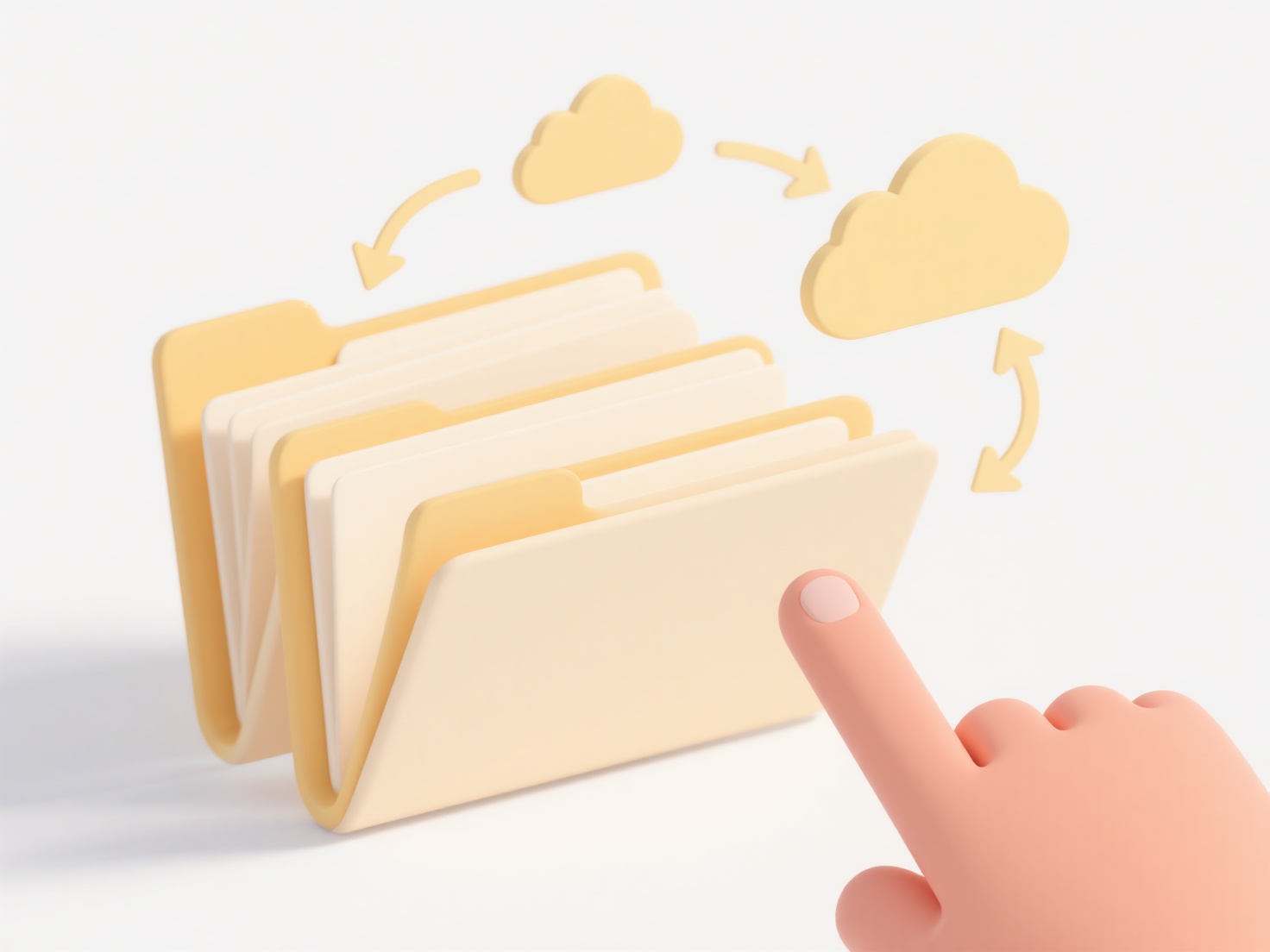
Sharing files in Dropbox with non-users means sending them access to your files without requiring them to create a Dropbox account. You achieve this by generating a shareable link to the specific file or folder. This link grants anyone who receives it view-only or editing access, depending on the permissions you set, directly in their web browser. This differs from sharing that requires collaborators to have accounts and be invited specifically.

To share, locate the file or folder in your Dropbox, click the share icon (or "Share" button), select "Create a Link," and configure access (viewer/editor) and any security settings like password or expiration. Then, copy the generated link and send it via email, messaging, or another channel. Common uses include consultants sending draft reports to clients via email, academics distributing lecture slides to students, or individuals sharing family photos with relatives who aren't Dropbox users.
This method offers significant convenience by eliminating sign-up friction. Key advantages include ease of use and broad accessibility across devices. However, important limitations exist: recipients cannot comment directly within Dropbox and shareable links with editing access pose security risks if forwarded widely. Always set passwords or expiration dates for sensitive files. Ethically, be mindful of accidentally granting access via insecure links. The simplicity drives widespread adoption but demands user awareness for secure sharing practices.
How do I share files in Dropbox with non-users?
Sharing files in Dropbox with non-users means sending them access to your files without requiring them to create a Dropbox account. You achieve this by generating a shareable link to the specific file or folder. This link grants anyone who receives it view-only or editing access, depending on the permissions you set, directly in their web browser. This differs from sharing that requires collaborators to have accounts and be invited specifically.

To share, locate the file or folder in your Dropbox, click the share icon (or "Share" button), select "Create a Link," and configure access (viewer/editor) and any security settings like password or expiration. Then, copy the generated link and send it via email, messaging, or another channel. Common uses include consultants sending draft reports to clients via email, academics distributing lecture slides to students, or individuals sharing family photos with relatives who aren't Dropbox users.
This method offers significant convenience by eliminating sign-up friction. Key advantages include ease of use and broad accessibility across devices. However, important limitations exist: recipients cannot comment directly within Dropbox and shareable links with editing access pose security risks if forwarded widely. Always set passwords or expiration dates for sensitive files. Ethically, be mindful of accidentally granting access via insecure links. The simplicity drives widespread adoption but demands user awareness for secure sharing practices.
Quick Article Links
How do I resolve cloud sync conflicts after saving?
Cloud sync conflicts occur when changes to the same file are made on different devices without the cloud service having ...
Can I restrict duplicate uploads in a form or app?
Restricting duplicate uploads prevents users from submitting identical files or data entries through a form or applicati...
Why does it say “This file is in use by another program”?
The "This file is in use by another program" message indicates the operating system prevents changes to a file because a...